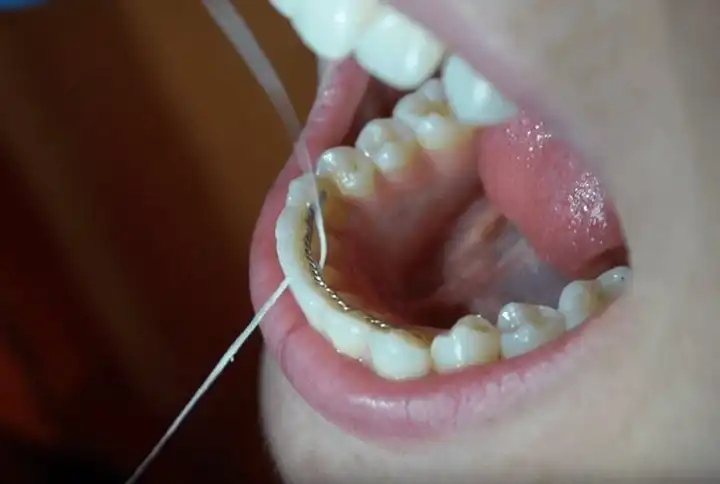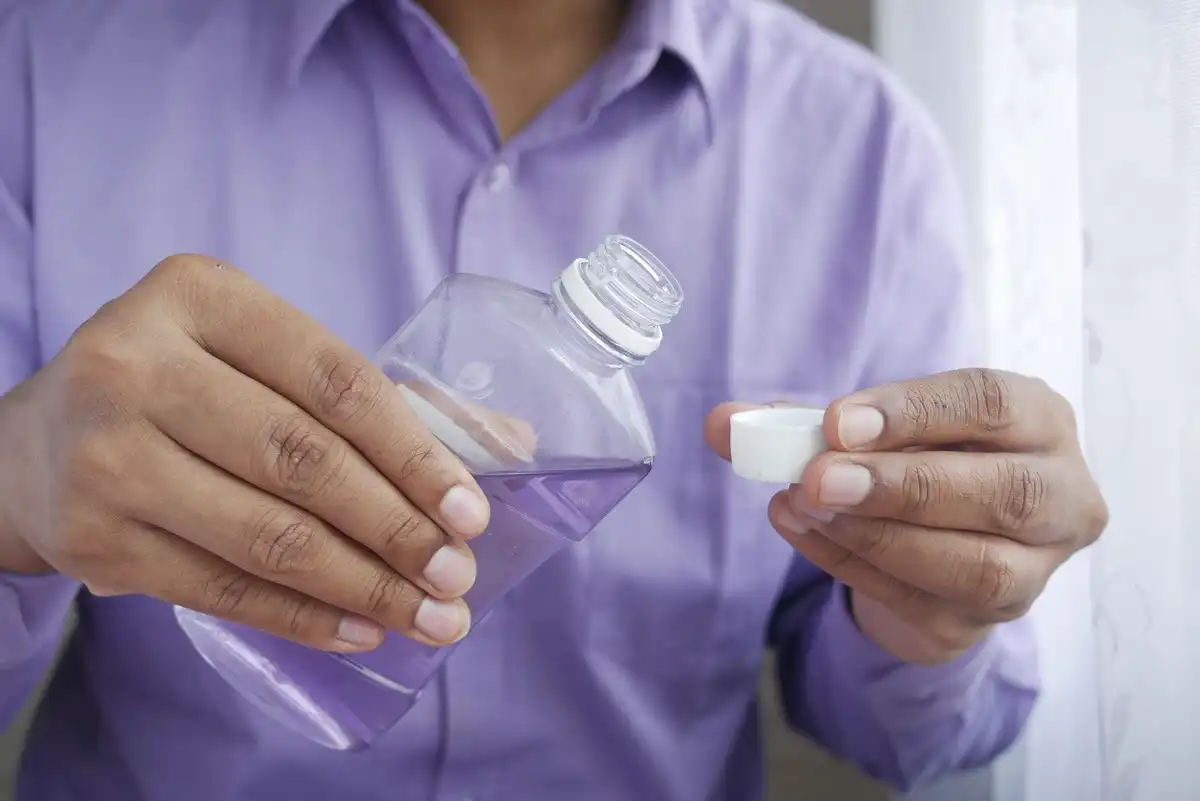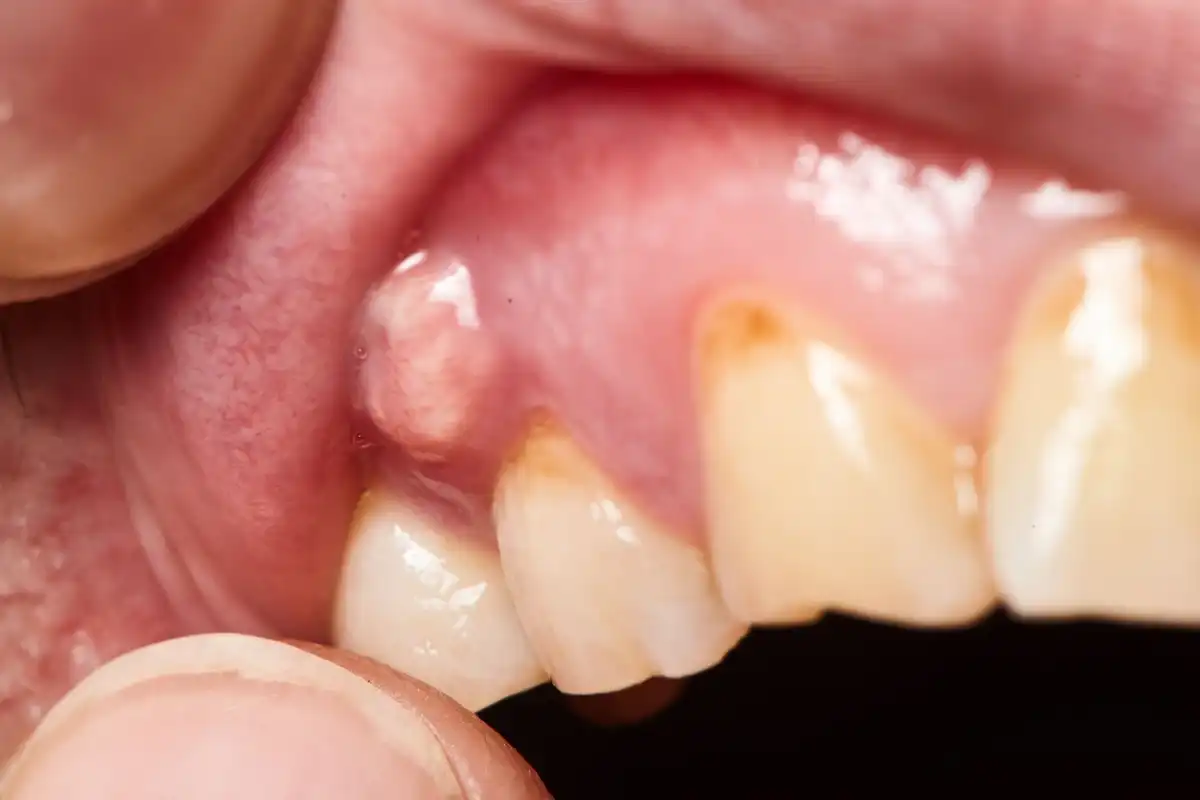Tooth Fillings | What to Expect, Types, And Care


Besides cleanings and gum disease treatments, dental fillings are one of the most common therapeutic services to be offered by your dentist’s office. The restorations are used to fill in the void left by a cavity. Filling the tooth seals off the opening or hole, preventing the decay from expanding further and involving more tooth structure.
A cavity filling is best placed when the decay is small. Otherwise, there may be too much damage to the tooth for it to structurally support a modest restoration. In instances where excessively large dental fillings are used, the surrounding enamel may crack. Large lesions are best restored with something like a crown or indirect tooth filling instead of a traditional one.
What Is A Tooth Filling?
Dental fillings are the first line of defensive restoration used to stop and correct the damage caused by caries (tooth decay.) They’re used on people of all ages, from young children to mature adults. Since cavities are one of the most common oral diseases behind periodontitis (gum disease), getting a filling is quite a routine ordeal.
The filling is essentially a patch used to fill in the hole caused by the cavity. It goes inside of your tooth, rather than just on top of the exterior surface.
What Happens When You Get A Filling?
Deciding to treat your tooth decay as quickly as possible will keep your dental filling smaller and more affordable. But most importantly, it helps preserve the maximum amount of healthy tooth structure.
Does a filling hurt? Your cavity might cause toothaches leading up to the appointment, but your dental visit shouldn’t. To keep you comfortable, your dentist will rub numbing gel on your gums, then apply a local anesthetic to totally deaden the tooth and areas around it.
Next, your dentist will clean out the decaying tooth structures and then fill in the tooth until it’s back to its original shape. After tooth filling pain isn’t something you should worry about, but if the restoration is really large, the nerve could be sensitive for a week or two.
Types Of Dental Fillings
There’s more than one type of dental filling out there. In fact, having more options means that your dentist can provide the best treatment based on your age and the structural needs of the tooth with the cavity.
Over the years, the types of filling materials have changed. But each offers different benefits that are worth considering. Don’t rule one of them out totally until you get the low down on each one. From there, narrow down your options and talk to your dentist about their recommendations for your given situation.
1) Silver Amalgam Fillings
Amalgam fillings are best for large cavities or when the dentist can’t keep your tooth dry during the appointment (saliva doesn’t interfere with their placement.) They’re also one of the cheapest dental fillings to get.
One negative characteristic of silver fillings is that they don’t bond to teeth. When you get one, your dentist actually has to cut out a wedge around where the cavity was, so that the metal can be packed into the area, harden in place, and then not come out. It doesn’t actually “stick” to your tooth.
Pros:
- most affordable type of filling material
- ideal for large cavities
- can be placed when there’s heavy saliva flow
- safe
Cons:
- more invasive to the tooth structure
- requires healthy enamel to be removed
- some people are concerned about the mercury content
- not cosmetic; detracts from appearance
- can’t be used in as many areas
2) Gold Fillings
Gold is super pliable. As such, it’s great for restoring teeth in the back of your mouth where there’s heavy biting and chewing going on. Although traditional fillings usually aren’t made out of gold, indirect fillings that are made in a lab can still be crafted out of this precious metal. Compared to silver fillings, gold tooth fillings are more expensive. Their price fluctuates based on current market value.
Of course – just like silver fillings – most people don’t want a metal or gold restoration on a tooth that’s going to be visible when they’re smiling. So gold isn’t used as often and is typically reserved for back teeth.
Pros:
- great for heavy wear
- ideal for back teeth
- can be used to create indirect fillings (inlays/onlays)
Cons:
- not cosmetic
- More expensive, depending on the market
- must be made off-site in a lab (unless the office has advanced technology)
3) Composite Fillings
Tooth-colored restorations are the least invasive type of dental filling available. The composite bonds closely to your tooth, so less healthy enamel needs to be removed. This characteristic makes it possible to put white fillings on smooth surfaces, where a metal filling wouldn’t be an option.
Plus, composite comes in a dozen different colors. Your dentist will select the shade that best matches your natural teeth, so that the dental filling blends right in with everything around it. This added perk makes white fillings a great cosmetic alternative when you’re treating tooth decay in your “smile zone”.
Pros:
- minimally invasive to the surrounding tooth structure
- matches your tooth’s natural color
- can be used in more areas since it’s not noticeable
- can contain fluoride, strengthening the surrounding enamel
Cons:
- may be slightly more expensive than a metal filling
- the tooth must be completely dry to place this material
What Are Indirect Fillings?
Indirect – aka “lab-made fillings”, “inlays”, “onlays”, and “three-quarter crowns” – are larger types of restorations that repair a more significant area of the tooth. They’re a step up from traditional fillings, but less invasive than a full coverage dental crown.
Most inlays and onlays are made from porcelain and then crafted in a dental lab, just like crowns are. They take about two visits to complete, so you’ll need to wear a temporary filling while the permanent version is being crafted offsite.
The great thing about indirect fillings is that they once again help preserve as much healthy tooth structure as possible. But not every dental office offers them, so you’ll want to ask your dentist about them to see if it’s an option in your area.
When Would I Need A Temporary Filling?
Temporary fillings are used for situations like:
- after a root canal, before you get a crown
- in-between cosmetic treatments, when a restoration is being updated
- during emergency dental treatment for quick pain relief
- when you’re out of town and a tooth breaks
With a temporary filling, your dentist is basically trying to buy you time. It may be that you have a cavity that you need to watch (to see if it needs a root canal instead) or you’re planning on a more complex treatment in the coming weeks, but the tooth broke.
There are even temporary filling kits you can buy at the drugstore, which are great for emergencies or if you’re out of town and can’t get in to see your dentist.
Just remember, temporary fillings are just that – temporary. You need to properly treat the cavity by having it thoroughly cleaned out and permanently filled in order to prevent the decay from getting any worse. Temporary fillings won’t stand up to everyday use for more than a matter of weeks or days.
Taking Care Of Your Fillings
Getting a filling won’t prevent your cavity from coming back. Since dental decay is a bacterial infection caused by plaque and acids, you’ll need to clean around your restoration religiously every day. Otherwise, bacteria may want to seep around the edges of your filling, creating a new cavity underneath.
After you get a filling, keep brushing and flossing every day. Be sure to use a fluoride mouth rinse before bed (to strengthen your enamel) and schedule a checkup with your dentist and hygienist at least twice a year.
If for any reason you notice your floss catching on your tooth that just got a filling, let your dentist know. Metal fillings may need to be adjusted to remove any overhangs, which could otherwise cause long-term irritation to the area around your tooth.
Dental Filling Recap
Dental fillings are the first line of treatment for tooth cavities. If you put the treatment off, you may need a crown or root canal instead.
Depending on the area with the decay, you have options to get fillings made from different materials – like gold, composite (white), amalgam (silver), or indirect inlays/onlays made in a lab. As long as you clean around your filling by brushing and flossing each day, your new restoration can last for several years to come.

Make your inbox smile!
Subscribe






